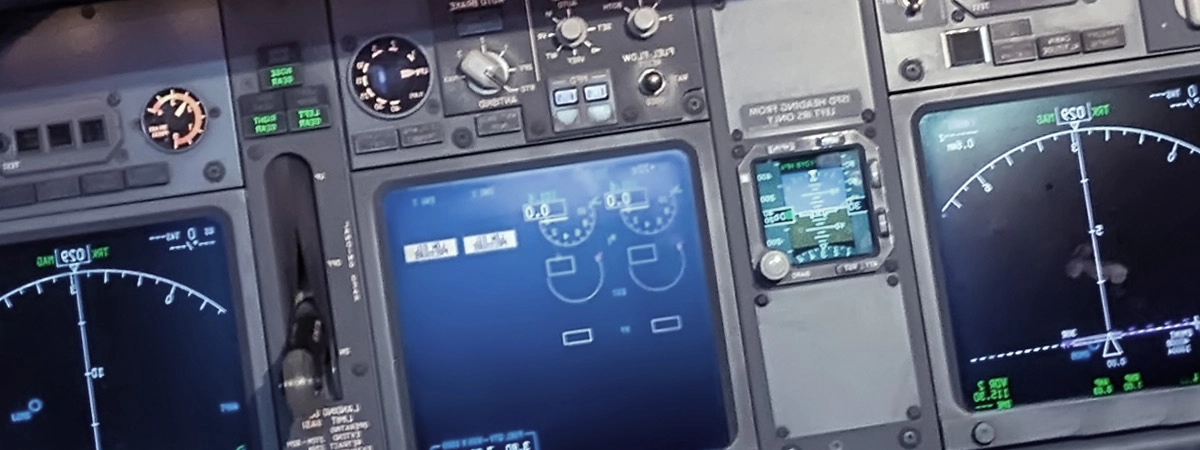ETSI EN 303 132 VHF Marine Data System Testing
The ETSI EN 303 132 standard governs the performance and interoperability of Very High Frequency (VHF) marine data systems, which are critical for ensuring reliable communication between vessels and shore-based facilities. This testing is essential to ensure that equipment meets stringent requirements set forth by international standards, thereby enhancing safety at sea and improving operational efficiency.
The VHF marine data system plays a pivotal role in maritime operations, providing real-time communication capabilities necessary for navigation, distress signals, and coordination with rescue services. Compliance with ETSI EN 303 132 ensures that the equipment meets specific performance criteria, including signal strength, data integrity, and interference resistance. This standard is particularly important as it addresses the unique challenges faced by marine communications in a challenging electromagnetic environment.
The testing process involves several key phases, each designed to ensure that the system functions reliably under various operating conditions. The first step is to establish the baseline performance of the equipment using standardized test protocols. This includes measuring signal strength, evaluating data transmission rates, and assessing the system's ability to handle multiple users simultaneously without degradation in service quality.
Once the initial assessment is complete, more rigorous tests are conducted to evaluate the system's robustness and resilience. These tests may involve subjecting the equipment to extreme environmental conditions such as high humidity, temperature fluctuations, and electromagnetic interference. The goal here is to simulate real-world scenarios that could potentially affect the performance of the VHF marine data system.
Another critical aspect of ETSI EN 303 132 testing is the evaluation of compatibility with other systems. This includes ensuring seamless interoperability with existing communication protocols and devices used in maritime environments. The standard also emphasizes the importance of security features, such as encryption methods that protect sensitive data from unauthorized access.
The final phase of testing involves comprehensive performance assessments under various operational scenarios. These tests are designed to mimic real-world conditions encountered by vessels in different regions and climates. By simulating these situations, manufacturers can identify potential issues before the equipment is deployed in actual service.
For quality managers and compliance officers responsible for ensuring adherence to international standards, ETSI EN 303 132 testing provides a robust framework for validating the performance of VHF marine data systems. R&D engineers benefit from this process by gaining insights into areas where improvements can be made, while procurement teams ensure that only compliant equipment is procured.
By adhering to ETSI EN 303 132 standards during testing, manufacturers and suppliers can gain a competitive edge in the global maritime industry. The standard ensures that products meet high-quality benchmarks recognized worldwide, facilitating easier market entry and broader customer acceptance.
Industry Applications
The ETSI EN 303 132 VHF Marine Data System Testing is widely applicable across various sectors within the maritime industry. Navigation systems rely heavily on reliable communication between vessels, ensuring safe transit through crowded waters and preventing collisions. Similarly, VHF data systems are crucial for coordination during search-and-rescue operations, where timely communication can be a matter of life and death.
Shore-based facilities such as ports and harbors also benefit from compliant testing, as it ensures that all communications between vessels and land stations operate seamlessly. This interoperability is vital for enhancing operational efficiency and reducing delays in port activities.
In the context of research and development (R&D), ETSI EN 303 132 testing provides a platform to innovate and improve existing systems. By identifying areas where current technologies fall short, R&D teams can focus on developing next-generation solutions that meet evolving standards and user needs.
Quality and Reliability Assurance
- Signal Strength: Ensuring consistent signal strength over extended distances is paramount for reliable communication. Tests measure the received signal level to ensure it meets specified thresholds under various environmental conditions.
- Data Integrity: Maintaining data integrity during transmission is critical to prevent errors and ensure accurate information exchange. Testing involves simulating various error scenarios to assess the system's resilience.
The testing process also includes rigorous evaluations of compatibility with other systems, ensuring seamless interoperability. This aspect is particularly important for maintaining smooth operations in complex maritime environments where multiple communication channels may be in use simultaneously.
Additionally, security features are thoroughly tested to ensure that sensitive data transmitted over VHF marine data systems remains protected from unauthorized access. Encryption methods and authentication protocols are subjected to comprehensive analysis to identify potential vulnerabilities.
The final phase of testing involves performance assessments under various operational scenarios. These tests simulate real-world conditions encountered by vessels in different regions and climates, allowing manufacturers to identify any issues that may arise during actual use.
Competitive Advantage and Market Impact
- Innovation Facilitation: By adhering to ETSI EN 303 132 standards during testing, manufacturers can innovate with confidence. The standard provides a clear framework for development, ensuring that new products meet the necessary performance criteria.
- Broad Market Acceptance: Compliance with international standards like ETSI EN 303 132 ensures broad market acceptance and easier market entry. Recognized benchmarks increase customer trust and satisfaction.
The testing process not only enhances the reliability of VHF marine data systems but also promotes a culture of continuous improvement within the industry. Manufacturers that invest in thorough testing are better positioned to meet future regulatory requirements and technological advancements.
Moreover, compliance with ETSI EN 303 132 standards can significantly reduce the risk of product failures, which could have severe consequences for both operators and passengers at sea. By ensuring high-quality performance and reliability, manufacturers contribute to enhanced safety and operational efficiency in maritime communications.





